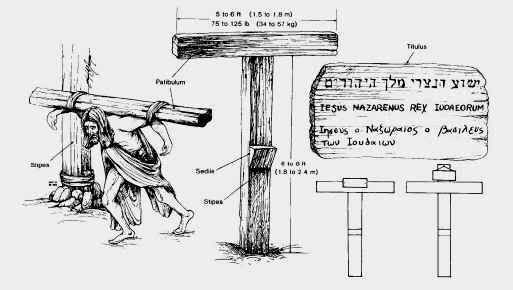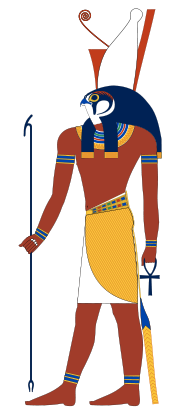M
mee
Guest
some people wonder why Jehovahs witnesses do not use the cross in their worship, even though they are christians .
i like what this says in the watchtower mag of 3/1 08
Why Do Jehovah’s Witnesses Not Use the Cross in Worship?
Jehovah’s Witnesses firmly believe that the death of Jesus Christ provided the ransom that opens the door to everlasting life for those who exercise faith in him. (Matthew 20:28; John 3:16)
However, they do not believe that Jesus died on a cross, as is often depicted in traditional pictures. It is their belief that Jesus died on an upright stake with no crossbeam.
The use of the cross can be traced back to Mesopotamia, to two thousand years before Christ. Crosses even decorated Scandinavian rock engravings during the Bronze Age, centuries before Jesus was born.
Such non-Christians used the cross “as a magic sign . . . giving protection, bringing good luck,” wrote Sven Tito Achen, Danish historian and expert on symbols, in the book Symbols Around Us.
It is no wonder that the New Catholic Encyclopedia admits: “The cross is found in both pre-Christian and non-Christian cultures, where it has largely a cosmic or natural signification.”
Why, then, have the churches chosen the cross as their most sacred symbol?
W. E. Vine, respected British scholar, offers these hard facts: “By the middle of the
3rd cent. A.D. . . . pagans were received into the churches . . . and were permitted largely to retain their pagan signs and symbols. Hence the Tau or T, . . . with the cross-piece lowered, was adopted.”—Vine’s Expository Dictionary of Old and New Testament Words.
3rd cent. A.D. . . . pagans were received into the churches . . . and were permitted largely to retain their pagan signs and symbols. Hence the Tau or T, . . . with the cross-piece lowered, was adopted.”—Vine’s Expository Dictionary of Old and New Testament Words.
Vine further notes that both the noun “cross” and the verb “crucify” refer to “a stake or pale . . . distinguished from the ecclesiastical form of a two beamed cross.”
In agreement with this, Oxford University’s Companion Bible says: “The evidence is . . . that the Lord was put to death upon an upright stake, and not on two pieces of timber placed at any angle.” Clearly, the churches have adopted a tradition that is not Biblical.
Historian Achen, quoted above observes: “In the two centuries after the death of Jesus it is doubtful that the Christians ever used the device of the cross.” To the early Christians, he adds, the cross “must have chiefly denoted death and evil, like the guillotine or the electric chair to later generations.”
More important, no matter what device was used for the torture and execution of Jesus, no image or symbol of it should become an object of devotion or worship for Christians. “Flee from idolatry,” commands the Bible. (1 Corinthians 10:14)
Jesus himself gave the real identifying mark of his true followers. He said: “By this all will know that you are my disciples, if you have love among yourselves.”—John 13:35.
In all matters of worship, Jehovah’s Witnesses, like the first-century Christians, strive to follow the Bible rather than tradition. (Romans 3:4; Colossians 2:8)
Because of this, they do not use the cross in worship.
Because of this, they do not use the cross in worship.





